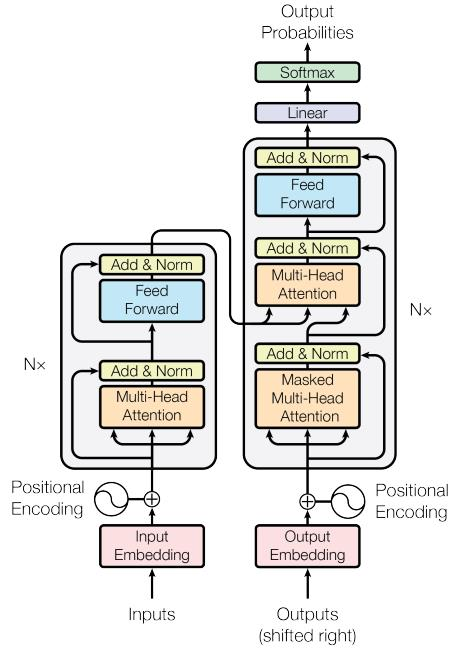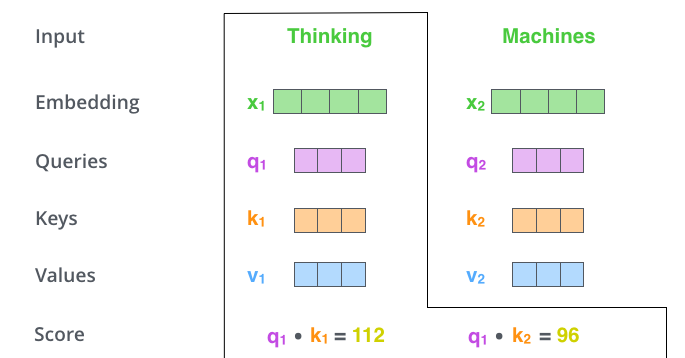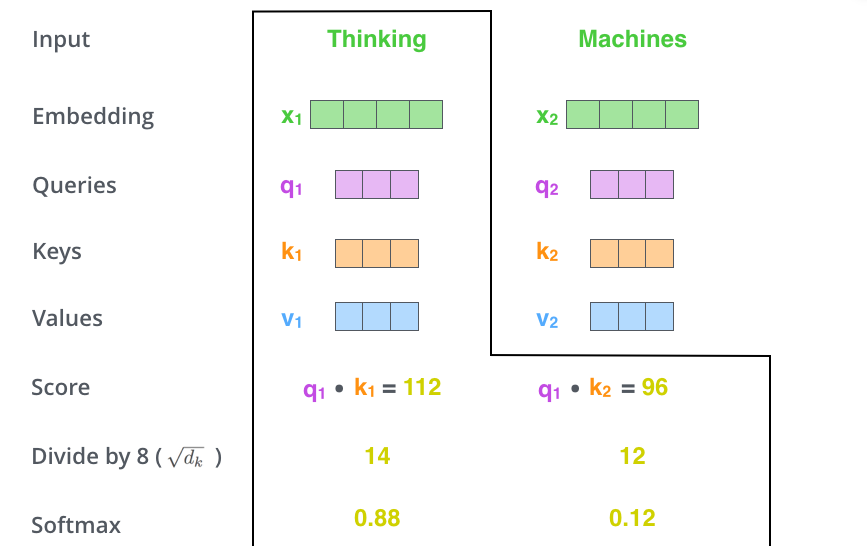使用 rust 和 golang 体验 wasm
本来是来记录使用 rust 来做 wasm 的开发.但是整个过程相比 golang 体验 wasm 的开发实在是太流畅了,几乎是跟着文档走就结束了. 整体的感受是相比 golang , rust 的 wasm 的工具链非常完善.
跟着文档,几个命令就把整体的流程走通,没什么可记录的.
Rust
https://rustwasm.github.io/docs/book/
工具准备
- yarn global add wasm-pack
https://rustwasm.github.io/wasm-pack/installer/
- cargo install cargo-generate
- npm install npm@latest -g
项目
创建项目: cargo generate --git https://github.com/rustwasm/wasm-pack-template
创建后设置项目名称,比如’rest_wasm_example’就完成了项目的创建,文件的 src 中包含了 lib.rs 导入了 alert函数, 导出了 greet 函数.
构建: wasm-pack build
Golang
相比 golang 需要使用 tinygo 来实现相关的开发,而且工具链没有 rust 完善. tinygo 的整个的文档就在下面的文档中,在官方代码中还有几个示例
https://tinygo.org/docs/guides/webassembly/wasm/
这个也足够我们搞清楚使用 tinygo 来完成 wasm 的开发.
感受
tinygo 相比 golang 生成出来的 wasm 文件要小得多. 但是和 rust 相比还是大了一些
在我运行生成的例子中,rust 生成的是 330 字节, tinygo 生成的 56KB.
rust 工具链完善,生成的 js 文件也更加工程化.用来和前端项目做集成会方便一些.
wasm 在浏览器里运行,有内存的限制.wasm 引擎预先分配一段内存,被称为线性内存. 在运行过程中,wasm 只能访问这段内存.着相当于一个虚拟的空间,在写程序时要时刻考虑内存占用的问题.
wasm 虽然是为浏览器出现的,但是它体现出的跨平台的特性,可能会成为一种基础底层的能力.
wasm 的出现,让浏览器作为载体,可能会出现真正的基于云的操作系统.
运行时场景思考
- 从运行时的角度看
wasm 的运行时场景,有一些像 java 或 C# 的运行时, 比如在编译的时候会编译成为字节码,然后字节码在放到运行时里去运行.
wasm 的运行时就是 java 的 JRE 或者 c# 的 CLR . 可以通过任何的语言编译成为 wasm 后运行.java、c# 跨平台的特性变成的所有语言的特性. 可以想象 java 能做的事情, wasm 都能做.
- 从容器的角度看
在看一些技术文章时,也有从容器的角度看看待 wasm , 假设运行时是一个安全的容器.那么 wasm 还欠缺什么呢.
程序运行时需要的资源有两种
计算资源:指的是 cpu 或者 gpu
如何将计算资源标准化后供提供到 wasm 里面. 或者说 wasm 的运行时,如何提供底层计算资源的分配和限制.
存储资源:指的是内存
wasm 提供了线性内存分配方式, 在 web 中是没有问题的, 但是在服务端作为密集运算的时候,可能会存在性能的问题.
输入输出端
输入输出对于计算机语言已经有一个很好的虚拟,所有的语言都会提供一个 io 的基础库来负责输入输出. wasm 的运行时需要做一些输入输出的标准化的工作. 比如网卡(虚拟网络)、硬盘(虚拟文件)、键盘(虚拟输入输出)等等.
在看各种运行时时,有些运行时已经做了上述的事情,比如 wasmedge 运行时为操作系统资源(例如文件系统、套接字、环境变量、进程)和内存空间提供隔离和保护.
从支持的语言看 wasmer 更多一些. wasmtime 作为字节码联盟,的到了一些大公司的支持, wasmedge 是 CNCF 的项目. 从资源的角度来看,可能 wasmtime 的发展会更好一些.
其他资源
https://wasmbyexample.dev/home.en-us.html 一些例子
https://developer.mozilla.org/zh-CN/docs/WebAssembly
https://wazero.io/ 使用 go 实现的 wasm 运行时
https://wasmtime.dev/ rust 实现的运行时,字节码联盟
https://wasmedge.org/ 运行时, CNCF 项目,
































